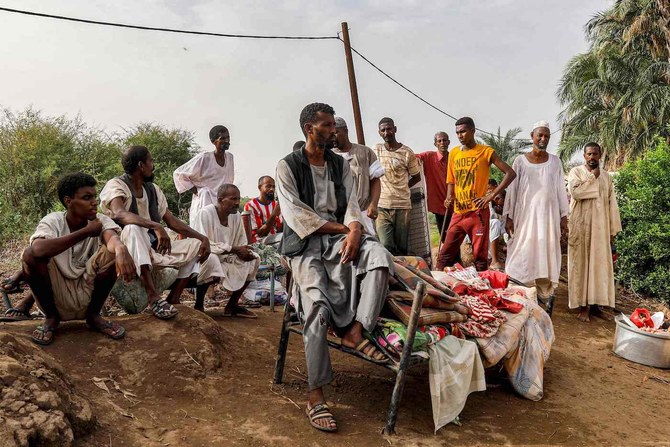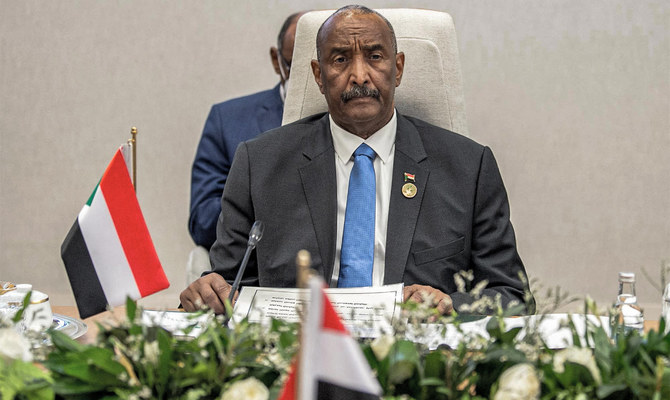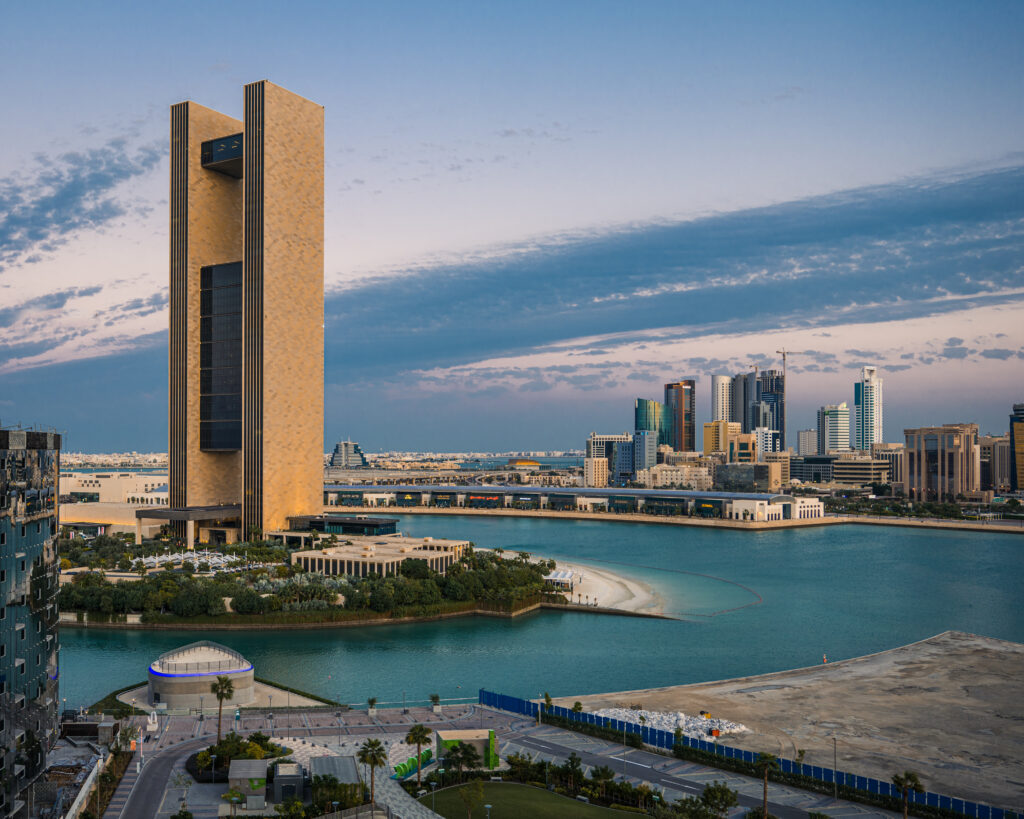JEDDAH: At least 13 civilians died on Tuesday in the heaviest fighting in Sudan since the conflict began there nearly four months ago.
The regular army launched airstrikes and heavy artillery salvos to try to take a bridge across the Nile used by the rival paramilitary Rapid Support Forces to bring reinforcements and weapons from Omdurman to Bahri and Khartoum, the other two cities that comprise the capital.
The paramilitaries, who have occupied much of Khartoum since the outbreak of fighting in mid-April, responded forcefully, resulting in heavy clashes in residential neighborhoods, and civilian casualties and displacement.
“The situation in Omdurman is terrifying,” said Nader Abdullah, 52. “Gunfire, the sound of artillery, and airstrikes … there’s bombardment in every direction.”
Both sides have claimed military advances in recent days but there are no signs of a breakthrough.
Efforts to secure a ceasefire led by Saudi Arabia and the US have stalled.
On top of the fighting, residents in the capital have had to contend with extended power and water cuts, rampant looting by the paramilitaries, the collapse of health services and shortages of food.
“Neither side is able to win outright and what we hear them say in the media is the opposite of what’s happening on the ground,” said Mohamed Usher, 37, who lives in southern Khartoum.
“What’s left in Khartoum for them to win anyway? The institutions are destroyed, the universities, the markets are all destroyed.”
There is also a growing health disaster. More than 300 people, mainly children under 5, died from measles and malnutrition between May 15 and July 17. “As many families have been on the move for weeks, with very little food or medicine, rising malnutrition rates, disease outbreaks and related deaths continue to be observed,” UNHCR spokesman William Spindler said.
Sudan is also at risk of a major disease outbreak from thousands of unburied corpses piled in the streets of Khartoum, morgues overflowing and sanitation infrastructure destroyed, the charity Save the Children warned on Tuesday.
“A horrifying combination of rising numbers of corpses, severe water shortages, non-functioning hygiene and sanitation services, and lack of water treatment options are prompting fears of a cholera outbreak in the city,”the charity said.
The conflict has prevented victims and families from reaching hospitals, 80 percent of which are out of service.






















